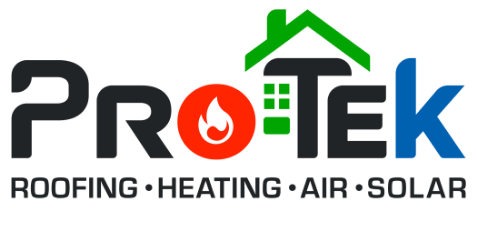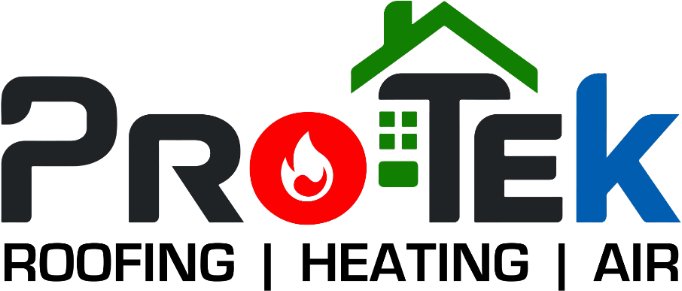Duct leakages aren’t an issue that should be treated casually. If it persists, then the result is that your premises can be affected, and so can your health with this. However, we acknowledge that not all of us know these leakages. Therefore, we have crafted this article from the very basics to guide you and help you identify when you should be seeking help.
You must have multiple questions in your mind, but rest assured that we will be tackling them all within this article.
What are Duct Leakages?
A duct leakage occurs typically when the air-conditioned air is not distributed for the HVAC unit properly, and as a result, leaks via cracks and holes before reaching the spaces that it has to cool. While these leaks may sound scary, it is nonetheless a fact that around 75% of buildings run the chance of having a duct leakage now and then.
Before we proceed further, let us tell you now that there isn’t just one type of leakage, rather three:
Supply Leakage: Supply leakage is when the amount of cool air to the rooms steadily decreases due to the air duct leakage.
Return leakage: Return leakage occurs when the unconditioned air from spaces such as the attic is sucked by your HVAC unit, which increases the load on it and simultaneously your electricity bills.
Equipment Leakage: The leakage over here is often overlooked unintentionally. HVAC equipment akin to your furnace cabinets and coil cabinets may have “seams” that will either suck or blow the air. If these tiny seams aren’t sealed on time, then it will lead to a decrease in the airflow.
Where are Duct Leaks more common, and what causes them?
Duct Leaks are more prevalent in older homes, where the seal connections tend to loosen and crack over time. A few problems that these leakages can result in are:
High energy bills: If poorly sealed ducts aren’t identified at an early stage, then they may end up hampering the efficiency of your HVAC units. Unidentified leakage will lead to excessive utility bills both for heating and cooling purposes. Additionally, rather than saving costs, you will end up spending more than you bargained for.
Poor Air Conditioning: The objective of an HVAC unit is to balance the temperature within your premises and provide you relief from either the humid weather, as is the case in Florida, or from the intense cold. But, at times, if the duct leaks are ubiquitous in your space, then the amount of cooling, or heating for that matter, will be less. At points, the air-conditioned air may not even reach the designated places where you need it to.
The Venturi Effect, which leads to breathing problems: The venture effect is when the velocity of the air increases, and it has to pass through a narrow opening or a gap, then it will suck air from these apertures to meet your conditioning requirement. This then calls for the sucking of bacteria, mold, and other contaminants that can negatively impact your health. From chances of catching airborne viruses such as Hantavirus, which is a respiratory illness via ingestion of pollutants, to the Avian Influenza, which can even prove to be fatal, duct leaks can cause more harm than good.
Evaluating the Leak Rates for new HVAC units under manufacturing:
When we look at the duct leaks of new units, they are approximately up to 10%. This applies to all HVAC units that have been manufactured already or are currently under the manufacturing process. As per the EPA (Environmental Protection Agency) guidelines, the recommended duct leakage should not be more significant than 4%. If you analyze the polder ducts, the rate there is 30%, which is a staggering 20% increase from the new HVAC units.
If you aren’t vigilant and take the measures you need to keep yourself protected, you increase your health concerns and your loved ones, and your monetary spending. In this case, below, we present a few measures you can adhere to to combat duct leakages.
What can be done to seal Ducts?
Make use of thick mastic tape:
Ensure that you do not opt for plastic foils, as they are things and will fail to stop leakages in the long run. If you have the best Mastic tape, then it can keep your HVAC unit’s connections sealed for up to 50 years! Thus, look for mastic tape with a good sealant and apply that with a brush. Don’t forget your gloves and a mask while you do this!
Take care of all joints and connections:
Make sure that you leave no nook and cranny unturned. Try to target them all with high-end mastic tape. Lastly, don’t forget the plenum at this connects directly to the indoor unit. In some cases, you will find that most duct leakages occur from here.
Performs tests:
The ideal option after you have taken care of the sealing is to perform a pressure tape to assess whether all the duct leakages have been dealt with or not. The tighter the seals, the better will be the performance of your Air conditioning unit.
Don’t ignore the insulation!
Once you are through with the testing, you must insulate all the duct connectors properly. Hence, you will no longer have to worry about resealing the duct joints repetitively with this done.
The Bottom Line: Duct Leaks Require Your Undivided Attention!
Achieving a 4% duct leak is prime! This is not a feat that cannot be rendered valid. All you need is the knowledge you now have, and you have to implement it. Take action today, and we promise that you will not regret it.
Sealing leading spots may seem like a daunting task; however, you will be grateful that you even decided to take a chance once you get over it. It may not be as easy as devouring cake, but the results will last you a lifetime!



